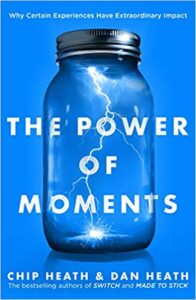Frame Around What They Can DO

The term “framing” comes from behavioral science, which teaches that people decide on options based on whether an option is presented with positive or negative connotations. Certain features of a topic can be emphasized more than others through framing. For us business blog content writers, it’s important to remember that every choice of words we make involves framing. Our goal is positioning our story in a way that our audience can focus on and respect.
At a recent Financial Planning Association meeting, Victor Ricciardi, author of a book about the psychology of client communications, offered a piece of advice about framing for financial advisors, advice that we blog content writers can put to good use. When talking about retirement income, Ricciardi said, “link your discussion to what clients will be able to DO or BUY with that income”. Too many retirement planning discussions, he observed, center around number of dollars that will be needed to carry the client through retirement. Such discussions are merely arithmetic, the social scientist pointed out, and they do not carry enough emotional impact to compel action.
When you’re composing business blog content, I tell writers, imagine readers asking themselves – “How will I use the product (or service)?” “How will it work?” “How will I feel?” Our job as content writers: empathize with their pain or challenge, help them envision a good result. Rarely is it that readers find your blog based on a search for your brand. They think about what they want. The blog must do more than convey the fact that you can fulfill their need. You must give online searchers a “feel” for the desired outcomes of using your products and services.
“Customers are buying the experiences they get from the products and services they purchase, midwestmarketingllc.com points out. That’s why framing is so important in blog content writing, we teach at Say It For You. Help readers envision the sense of accomplishment and fulfillment that awaits. Frame around what they will be able to DO!





Follow us online!